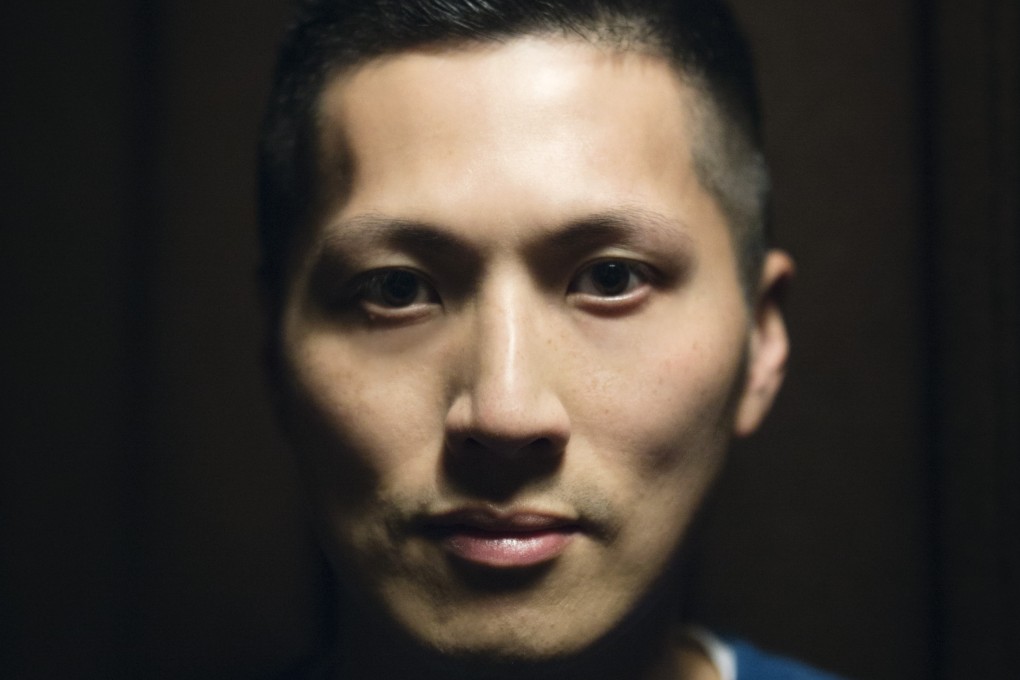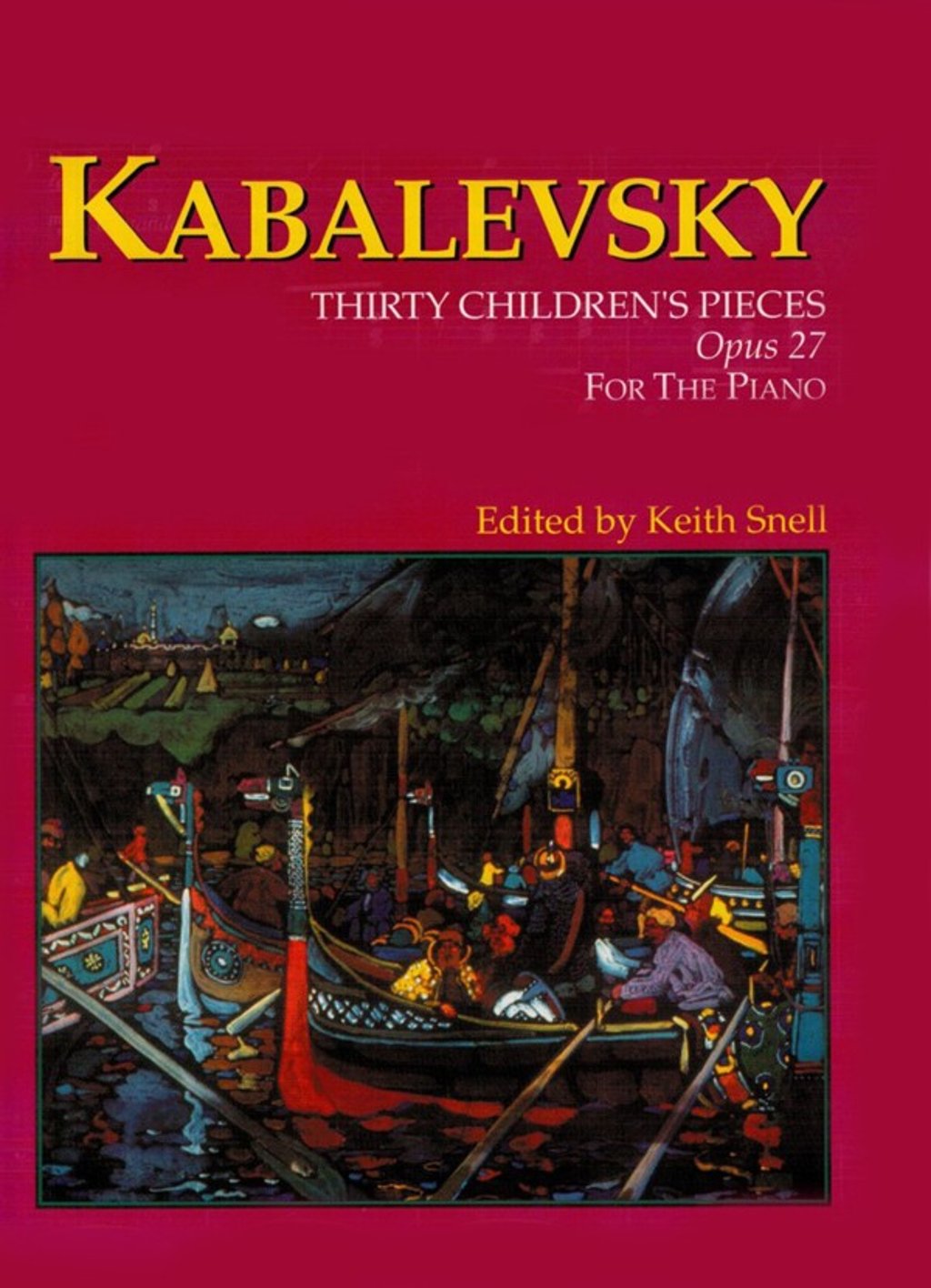‘Imagination doesn’t have to wait’: how a Hong Kong sound artist found his musical feet
- Samson Young recalls ‘falling in love with’ Dmitry Kabalevsky’s Thirty Children’s Pieces for Piano, Op 27

Russian composer Dmitry Kabalevsky’s Thirty Children’s Pieces for Piano, Op 27 (1937-38) is a set of simple but affecting melodic compositions aimed at aspiring young pianists. Multidisciplinary artist Samson Young Kar-fai, who specialises in sound art, explains how it changed his life.
I came across Thirty Children’s Pieces for Piano when I was in high school and was probably 13 or 14. My piano teacher introduced me to the set, and I remember falling in love with it immediately after she played it to me. I picked “Novelette” [No 4 in the series] for my grade exam.
Still, I ended up learning a few more from the set and over the years played through the entire book. I also performed “Novelette with Sonatina” [No 18 in the series] as a pair in a student piano competition – the first music competition I’d taken part in.
Before I heard the series, I had mostly been learning “student” pieces that were either didactic, drill-like pieces that were not very musical, or “children’s” pieces that felt emotionally simplistic and even patronising. Part of it had to do with the fact that I started learning the piano quite late and my skill level at the time meant that I was stuck with playing music written for younger children.
Kabalevsky’s set, although also composed for children, was laden with real and complex musical intent – intense melancholy, a deep sense of irony and contradictory emotions at every turn, all coming together in these technically simple compositions. I remember the pleasure of finally being able to make some real music instead of waiting until I could master the gems of the canon that young pianists are typically set on a path to learn in sequence.
